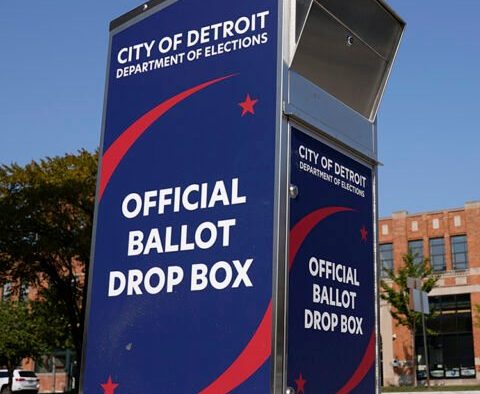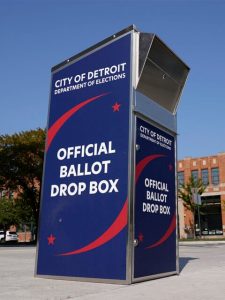Americans are as Divided as Ever, and Religion is the Wedge
That's a critical take-away from the latest report from the Pew Research Center.

Take a look at the demographic shifts in the Pew Research Center’s new study of the 2016 and 2020 presidential elections and you’d be forgiven for thinking that America has possibly turned the corner on political polarization.

The survey, based on validated voting of thousands of members of Pew’s American Trends Panel, may provide the best comparative portrait possible of those elections. What it shows are decreases in the partisan alignment of major segments of the population.
Among traditional Democratic constituencies, the margin of Hispanic support for Joe Biden over Donald Trump went down to 21 points from the 38-point margin enjoyed by Hillary Clinton. Trump also gained ground among women, young voters, and urbanites. Only Black support for the Democratic candidate remained essentially unchanged.
Among traditional Republican constituencies, suburban voters flipped to Biden, and there were significant shifts in his direction among whites, and white men in particular, among whom Biden decreased the GOP margin from 30 points to 17. Seniors shifted five points in Biden’s direction.
On the religion front, too, there was a substantial comparable shift on the part of white Catholics, who went from supporting Trump over Clinton by 33 points (64-31) to supporting Trump over their co-religionist Biden by 15 points (57-42). But at the extremes of religious ideology, the shifts led in the opposite direction.
Access to MinistryWatch content is free. However, we hope you will support our work with your prayers and financial gifts. To make a donation, click here.
Nones increased their support for the Democratic candidate from 65-24 to 71-26. This shift was greatest among the most intellectually committed, with agnostics at 84-14 in 2020 and atheists at 87-11. (The “nothings-in-particular” were 61-35.)
Meanwhile, white evangelicals, whom Trump courted more assiduously than any other constituency, upped their support for him from 77-16 over Clinton to 84-15 over Biden. This 8-point shift helps explain the 7-point gain Trump made among one of the only non-religious demographic groups with whom he increased his margin — rural voters (who are disproportionately evangelicals).
A good measure of polarization in American politics today is the proportion of partisan voters who cross party lines in a presidential election. In 2016, 4% of Republicans and Republican leaners voted for Clinton, 89% for Trump, for an 85-point margin. (That year, 6% of the electorate chose third-party candidates.)
In 2020 (when third-party candidates received just 2% of the vote), the margin was 86%, with 6% voting for Biden and 92% for Trump. (By comparison, Republicans supported John McCain over Barack Obama in 2008 87% to 10%, for a margin of 77%.)
Thus, despite a decrease in partisanship in most secular demographic categories, polarization did not lessen between 2016 and 2020. How come?
The answer is shown by the fact that nones and white evangelicals both upped their support for the candidate of their respective parties. The two cohorts now constitute over one-third of their party’s coalitions — in each case making up the party’s largest religious grouping.
Bottom line: It’s the faith-based culture war that is maintaining polarization in American politics today.



